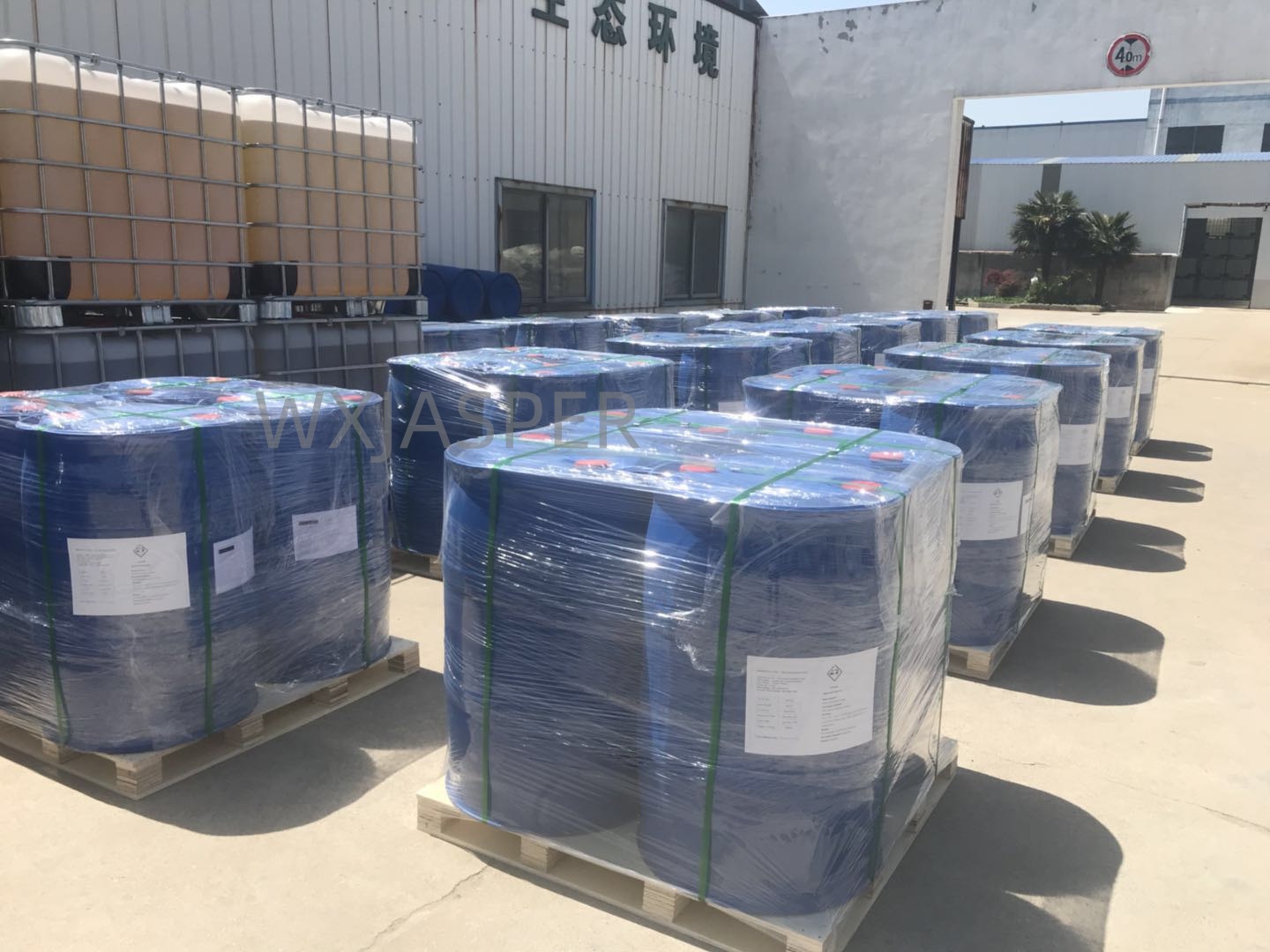Product Details
CasNo: 9006-65-9
Appearance: liquid
Delivery Time: 15 days
Packing: 200kg/drum
Purity: 100%
1. Basic Information
- Brand & Model: AFE-1430
- Packaging Specifications: Available in two options - 20 kg/barrel (suitable for small enterprises, laboratories, or scenarios with low usage, enabling flexible access and storage) and 200 kg/barrel (more suitable for large-scale production enterprises, helping to reduce procurement and logistics costs and enhance supply efficiency).
- Main Component: Silicone emulsion. With polydimethylsiloxane as the core active substance, combined with special emulsifiers and stabilizers, it forms a uniform and stable emulsion system. The low surface tension characteristic of organosilicon can quickly destroy the foam structure, and the emulsifier helps the product disperse evenly in different media, ensuring a stable and long-lasting defoaming effect.
2. Product Characteristics
- Efficient Defoaming and Foam Suppression: In various application scenarios, it can quickly penetrate into the interior of foam, destroy the stability of foam, achieve rapid defoaming, and can form a protective film in the system to effectively inhibit the generation of new foam. For example, in the stirring process of coating production, it can eliminate a large number of bubbles in time to avoid bubbles affecting the leveling property and appearance of the coating; in the aeration link of sewage treatment, it can also continuously control bubbles to prevent them from overflowing the treatment tank.
- Wide Applicability: It has good adaptability to different systems and can play a stable defoaming role in various media (such as amine liquid, carbonate solution, ethylene glycol, etc.) in various fields such as coatings, sewage treatment, gas scrubbing, and insecticide manufacturing. It will not have adverse reactions with other substances in the system and will not affect the performance and quality of end products in various fields.
- Good Chemical Stability: It can remain stable in a wide temperature and pH range, withstand common acid-base environments and certain temperature fluctuations, and can adapt to working conditions from normal temperature to medium temperature (such as the temperature in processes like distillation and evaporation). Under these complex conditions, the emulsion will not experience delamination, demulsification, etc., ensuring stable defoaming performance.
3. Application Fields
- Coating Field: Used in the production process of various coatings (such as water-based coatings, oil-based coatings, etc.) to eliminate bubbles generated in processes like stirring and grinding, prevent the coating from defects such as pinholes and shrinkage cavities caused by bubbles, and improve the film-forming quality and appearance effect of the coating.
- Sewage Treatment: In the sewage treatment system, it deals with bubbles generated in links such as aeration and dosing, controls the amount of bubbles, and avoids bubbles affecting the efficiency and effect of sewage treatment, ensuring the normal operation of the sewage treatment process.
- Gas Treatment - Related:
- Gas Scrubbing (Amine or Carbonate): When using amine liquid or carbonate solution to scrub gas (such as removing acidic gas from natural gas), it eliminates bubbles generated due to gas - liquid contact during the scrubbing process, ensures the scrubbing effect, and avoids the loss of effective components caused by bubble entrainment.
- Gas Drying (Ethylene Glycol): In the process of using ethylene glycol for gas drying, it inhibits bubbles generated when gas contacts with ethylene glycol, ensures the efficient progress of the drying process, and improves the quality of gas drying.
- Agricultural and Chemical Fields:
- Insecticide Manufacturing and Other Crop Protection Products: In the production process of insecticides and other crop protection products, it eliminates bubbles generated in processes such as reaction and mixing, and ensures the component uniformity and quality stability of the products.
- Adhesive Production: Used in the production of various adhesives (such as adhesives, sealants, etc.) to prevent bubbles from affecting the bonding performance and curing effect of the adhesive.
- Imaging Chemicals - Hydrochloric Acid Reaction: In the reaction system of imaging chemicals involving hydrochloric acid, it controls bubbles and ensures the smooth progress of the reaction and product quality.
- Other Industrial Scenarios: It can also be used in wood preservative treatment to avoid bubbles interfering with the penetration of preservative liquid; in the washing industry to eliminate bubbles during the washing process; during viscose processing to prevent bubbles; and in processes such as crystallization, distillation, and evaporation to control bubbles generated due to changes in material state during these processes.
4. Usage Methods
- Adding Method: It can be added preventively at the initial stage of the production process or before bubbles are generated, or added after bubbles are formed. When adding, the defoamer can be directly added to the foaming system. If the system is stirred sufficiently, the dispersion of the defoamer can be accelerated; it can also be diluted with an appropriate amount of water or process solvent before adding according to the actual situation to improve dispersibility.
- Adding Amount: The adding amount needs to be adjusted according to the specific application scenario, total system volume, and the severity of bubbles. Generally, it is recommended that the adding amount is 0.05% - 0.3% of the total mass of the system. When using it for the first time, it is recommended to determine the optimal adding amount through small - scale tests to achieve the ideal defoaming effect and control costs.
5. Storage Conditions
It should be stored in a cool, dry, and well - ventilated warehouse, avoiding direct sunlight and high temperatures. The recommended storage temperature is 5 - 30°C. In an unopened state, the shelf life is generally 12 - 24 months (subject to the product label instructions). After opening, it needs to be sealed immediately. If it cannot be used up in time, it should be resealed tightly to prevent the product from absorbing moisture, oxidizing, or mixing with impurities, which may affect its performance.


